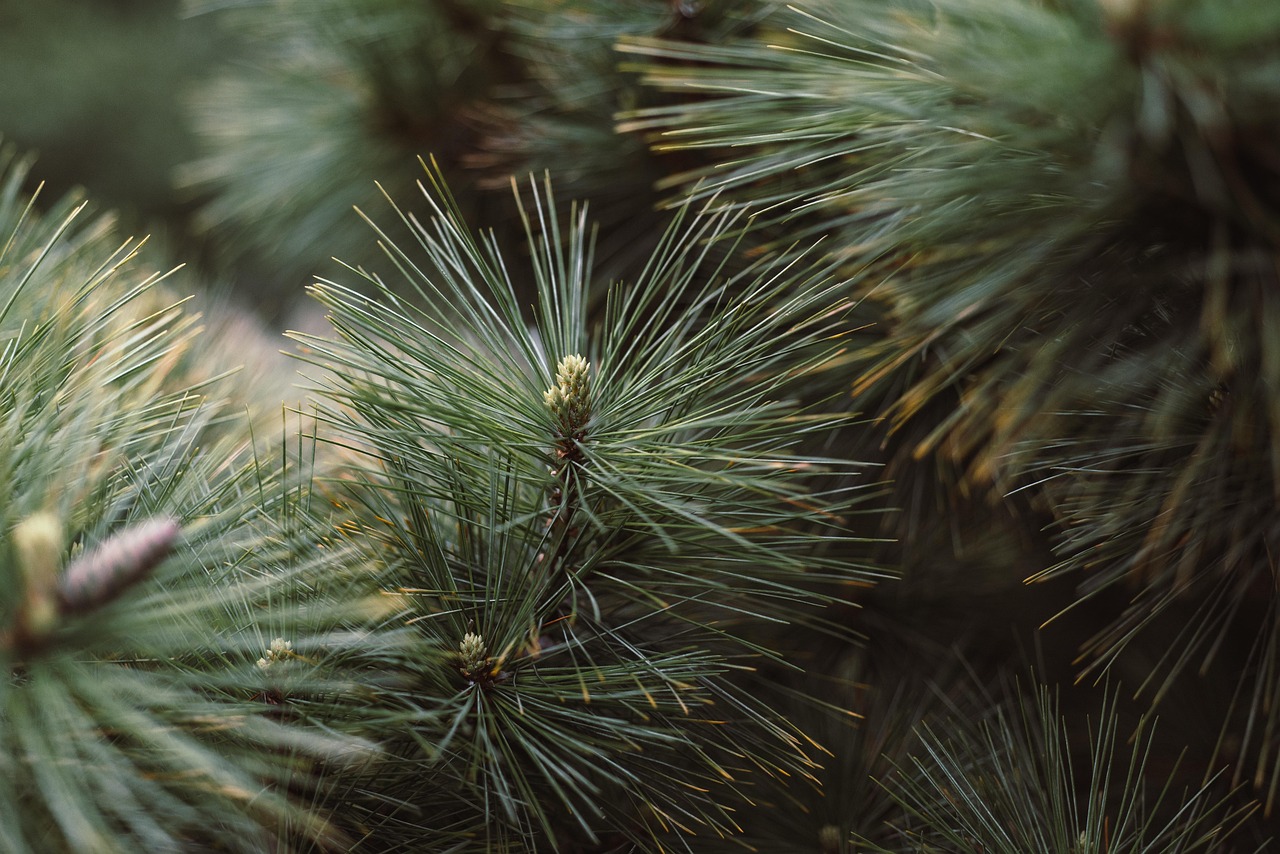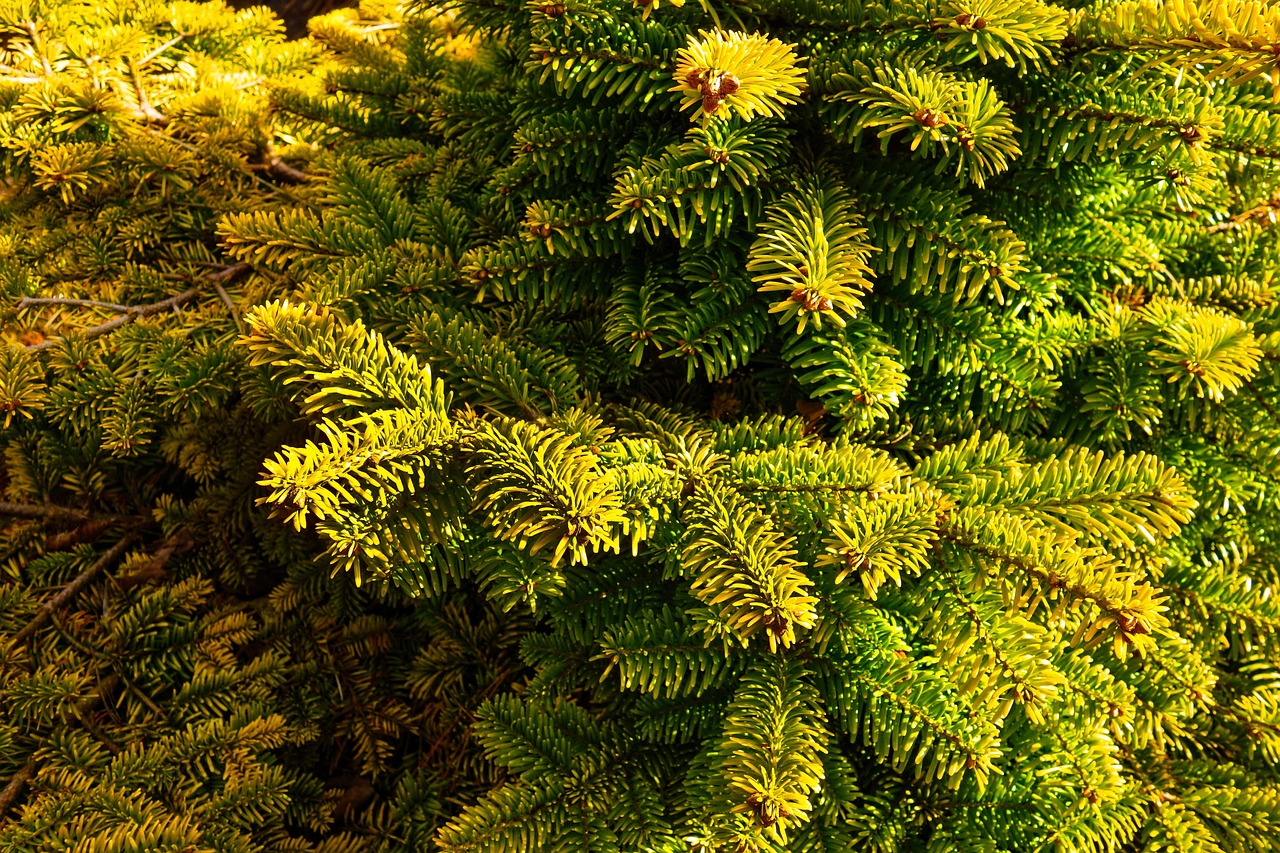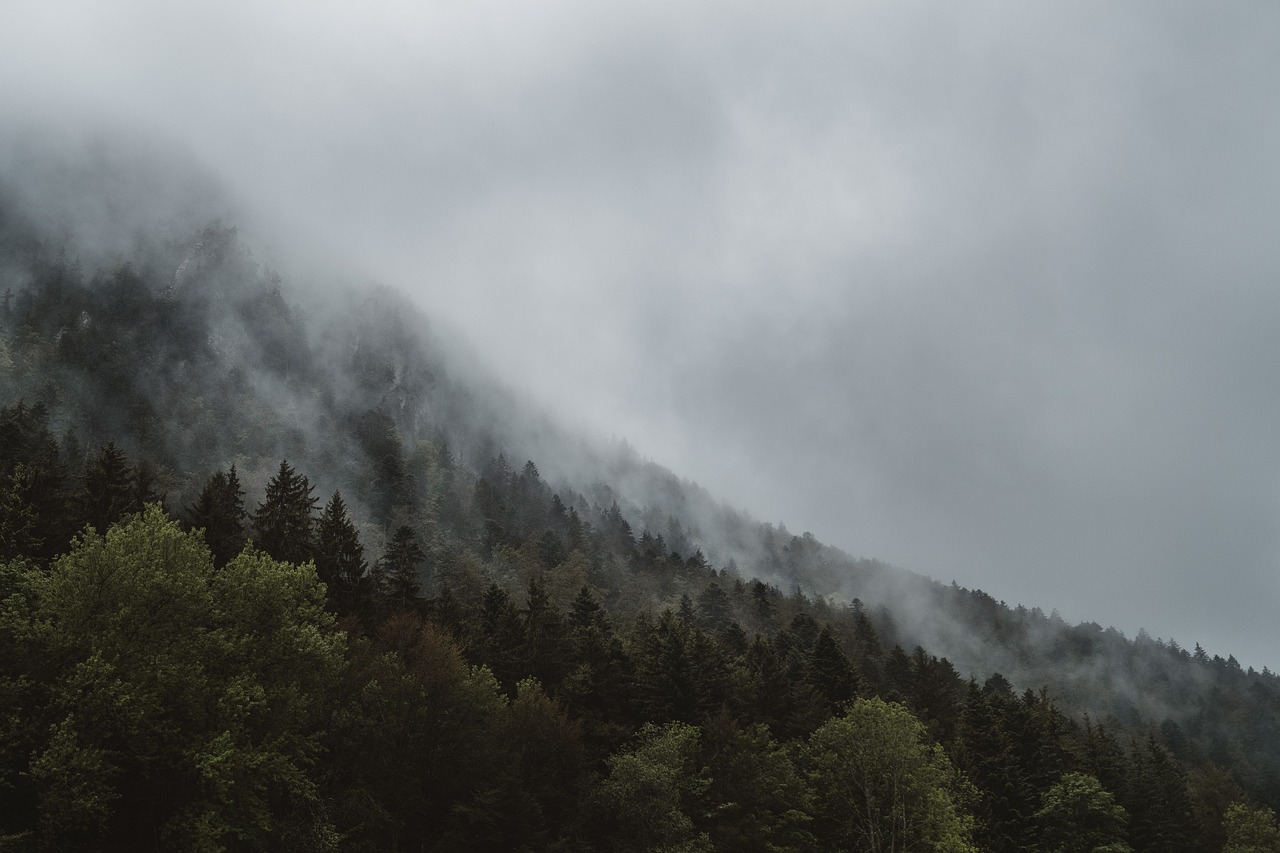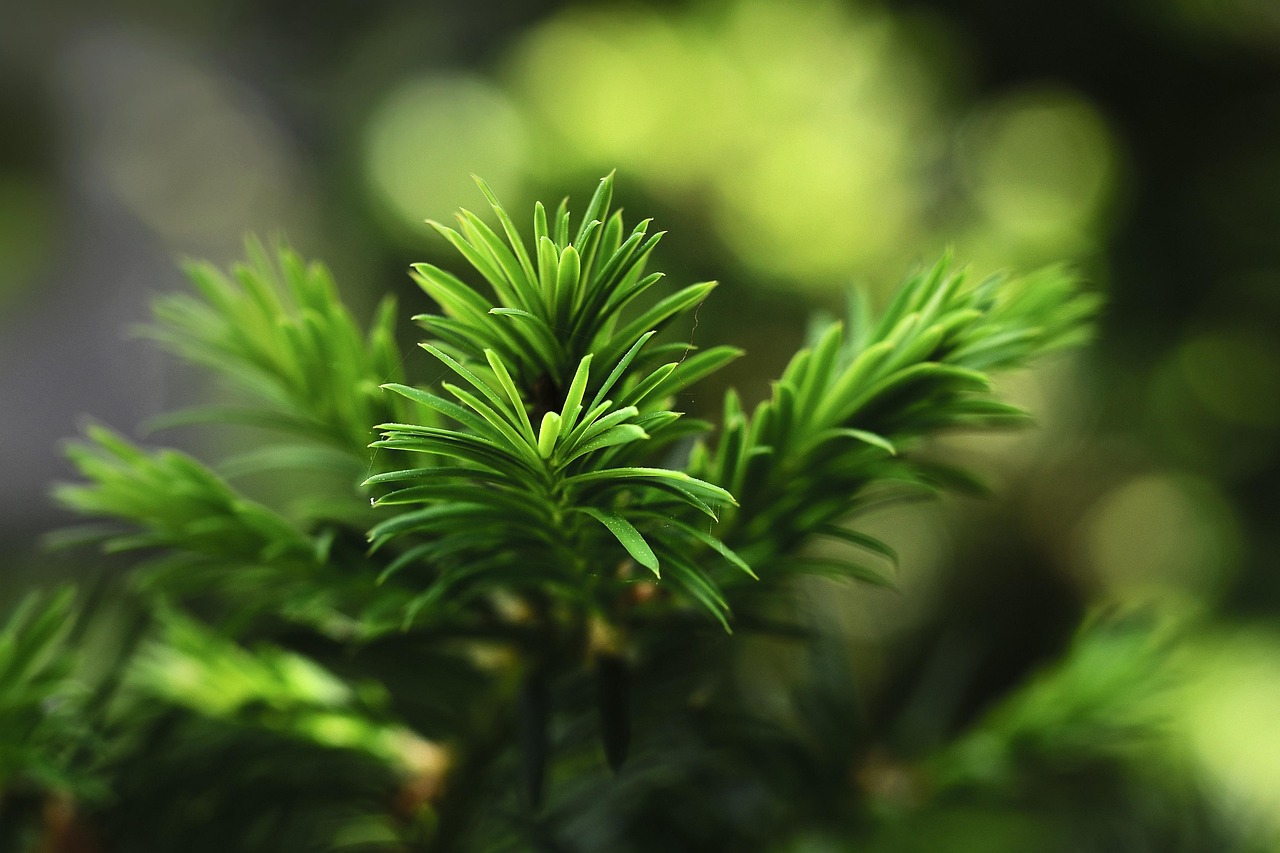Small evergreen trees are a fantastic addition to compact yards, providing year-round greenery and visual interest. These hardy plants thrive in various climates and offer numerous benefits, such as enhancing privacy, creating windbreaks, and improving the overall aesthetics of your outdoor space. In urban settings where space is limited, small evergreens stand out as ideal candidates for landscape design.
One of the key advantages of small evergreen trees is their ability to retain foliage throughout the year. Unlike deciduous trees, which shed their leaves in the fall, evergreens maintain their lush green appearance regardless of the season. This characteristic makes them particularly valuable in regions where winters can be long and dreary.

Additionally, small evergreen trees come in a variety of shapes and sizes, allowing homeowners to select species that fit their specific needs and preferences. From columnar forms that take up minimal space to bushy varieties that provide visual fullness, there is an evergreen tree suitable for every compact yard. Their adaptability allows them to thrive in both sunny and shaded areas, making them versatile choices for diverse garden conditions.
Benefits of Small Evergreen Trees
Adding small evergreen trees to your garden offers several benefits:
- Year-Round Foliage: Unlike deciduous trees, evergreens provide constant greenery.
- Low Maintenance: Once established, many small evergreens require minimal care.
- Privacy and Screening: They can act as natural barriers to enhance privacy in your yard.
- Wildlife Habitat: Evergreens provide shelter and food for birds and other wildlife.
- Soil Erosion Control: Their root systems help stabilize soil and prevent erosion.
With these advantages in mind, homeowners should explore various small evergreen species that can flourish in their specific environments. The right choice can transform a compact yard into a lush oasis.
Popular Small Evergreen Tree Varieties
Several small evergreen tree varieties are well-suited for compact spaces. Here are some popular choices:
| Tree Variety | Height | Width | Ideal Growing Conditions |
|---|---|---|---|
| Japanese Black Pine | 10-20 feet | 10-15 feet | Sandy or rocky soil; full sun |
| Dwarf Alberta Spruce | 4-6 feet | 3-4 feet | Well-drained soil; full to partial sun |
| Eastern Red Cedar | 10-20 feet | 8-10 feet | Drought-tolerant; full sun |
| Mugo Pine | 3-10 feet | 5-15 feet | Well-drained soil; full sun to partial shade |
| Balls of Fire Holly | 3-4 feet | 2-3 feet | Moist, well-drained soil; full sun to partial shade |
Each of these varieties brings unique characteristics to the table, making them suitable for different landscape designs. Whether you desire a towering silhouette or a rounded feature, small evergreen trees can meet your needs.
The selection process should consider factors such as climate zone, soil type, and available sunlight. Choosing the right tree will ensure a thriving addition to your landscape that can withstand the test of time.
Incorporating small evergreen trees into your yard can enhance not only its beauty but also its functionality. As you explore options, keep in mind their growth habits and care requirements to ensure a successful gardening experience.
Choosing the Right Location for Small Evergreen Trees

When selecting small evergreen trees for your compact yard, the location plays a critical role in their health and growth. Understanding the specific conditions of your garden will help you make informed choices. Here are some key factors to consider when deciding where to plant these trees:
- Sunlight Exposure: Different species of small evergreen trees have varying light requirements. Some thrive in full sunlight, while others prefer partial shade. Observe your yard throughout the day to determine how much sunlight different areas receive.
- Soil Quality: The type of soil can significantly impact tree growth. Conduct a soil test to assess pH levels and nutrient content. Well-drained soil is crucial for most evergreens, as they do not tolerate waterlogged conditions.
- Spacing: Consider the mature size of the tree when planting. Adequate spacing is essential to prevent overcrowding and ensure each tree has enough room to grow.
- Wind Conditions: Some small evergreen trees can act as natural windbreaks. Planting them in windy areas can protect your yard from harsh gusts and create a more sheltered environment.
Planting Techniques for Small Evergreen Trees
Proper planting techniques are vital for establishing small evergreen trees successfully. Follow these guidelines to ensure healthy growth:
- Digging the Hole: Create a hole that is twice as wide as the root ball and just as deep. This allows the roots to spread easily.
- Preparing the Root Ball: Gently remove the tree from its container, being careful not to damage the roots. If the roots are circling tightly, loosen them slightly to encourage outward growth.
- Positioning the Tree: Place the tree in the center of the hole, ensuring that the top of the root ball is level with the surrounding soil. This prevents water from pooling around the trunk.
- Backfilling: Fill the hole with soil, packing it gently around the roots to eliminate air pockets. Water thoroughly after planting to help settle the soil.
After planting, mulching around the base of the tree can help retain moisture and suppress weeds. Use organic mulch, such as bark or wood chips, to enhance soil quality over time.
Caring for Small Evergreen Trees

Caring for small evergreen trees requires attention to their specific needs. Follow these care tips to promote healthy growth:
- Watering: Newly planted trees require regular watering until they establish strong root systems. Ensure they receive about one inch of water per week during dry spells.
- Fertilizing: In early spring, apply a balanced fertilizer designed for trees and shrubs. Follow the manufacturer’s instructions on application rates to avoid over-fertilization.
- Pruning: Minimal pruning is usually necessary for small evergreen trees. Remove any dead, damaged, or diseased branches as needed to maintain health and shape.
- Pest and Disease Management: Keep an eye out for common pests such as aphids or scale insects. If detected early, many issues can be treated with organic insecticides or horticultural oils.
By following these care guidelines, you can ensure that your small evergreen trees thrive and contribute beauty and functionality to your compact yard for many years to come.
Design Ideas with Small Evergreen Trees
Incorporating small evergreen trees into your landscaping opens up various design possibilities. Here are some creative ideas to inspire you:
- Accent Points: Use small evergreens as focal points in garden beds or near entryways to draw attention and enhance curb appeal.
- Layering: Combine different sizes and textures of evergreens with flowering plants to create depth and visual interest in your landscape.
- Container Planting: For patios or balconies, consider planting dwarf varieties in decorative containers, allowing for flexibility in your outdoor space.
- Borders and Edges: Plant small evergreen trees along pathways or property lines to create natural barriers and guide visitors through your garden.
The versatility of small evergreen trees allows you to blend them seamlessly into various landscape styles, whether modern, traditional, or eclectic. With thoughtful placement and care, these trees can transform your yard into a year-round sanctuary.

Seasonal Interest with Small Evergreen Trees
Small evergreen trees not only provide year-round greenery but also contribute to seasonal interest in your landscape. While they maintain their foliage throughout the year, various species can offer unique characteristics that enhance the beauty of your yard across all four seasons. Here’s how small evergreens can bring charm to your garden throughout the year:
Spring Awakening
As spring arrives, small evergreen trees begin to showcase their vibrant colors and new growth. Many species display fresh, bright green needles or delicate blossoms that attract pollinators. Some notable small evergreens that bloom in spring include:
- Japanese Black Pine: This tree produces attractive, long needles that create a lush appearance, while its cones add visual interest.
- Dwarf Alberta Spruce: Its conical shape remains striking, and new growth can appear in various shades of green.
Incorporating flowering plants nearby can complement the evergreen’s lush appearance, creating a beautiful contrast that enhances the springtime landscape.
Summer Vibrancy
During the summer months, small evergreen trees provide a backdrop of rich greenery amidst colorful blooms. Their dense foliage can help create cool shaded areas in the garden. Consider these tips for enhancing summer vibrancy:
- Mixing Colors: Pair small evergreens with vibrant summer flowers like daylilies, coneflowers, or petunias to create dynamic visual displays.
- Creating Privacy: Use small evergreens to form natural screens or hedges, providing privacy while allowing airflow and light.
The ability of small evergreens to maintain their structure helps define garden spaces, making them an excellent choice for creating distinct areas for relaxation or play.
Autumn Foliage
As autumn approaches, the vibrant colors of deciduous trees may steal the show. However, small evergreens continue to stand out with their constant green hues. Some even exhibit unique fall characteristics:
- Eastern Red Cedar: This tree showcases beautiful blue berries in the fall, attracting birds and providing wildlife interest.
- Mugo Pine: Its dense foliage continues to provide shelter for wildlife and acts as a lovely backdrop for autumn blooms.
Using small evergreen trees as backdrops for fall displays can enhance the beauty of seasonal decorations and festivities.
Winter Resilience
Winter can often leave landscapes looking bare and uninviting. However, small evergreen trees retain their lush green appearance during the cold months. They can also provide shelter for birds and other wildlife seeking refuge from harsh weather conditions. Here are some ways to maintain winter interest:
- Decorative Lighting: Consider adding lights to small evergreens for a magical winter ambiance during the holiday season.
- Winter Containers: Use smaller varieties in containers to create winter displays on patios or entryways, adding color and life to otherwise bare spaces.
The resilience of small evergreen trees makes them invaluable in creating a visually appealing landscape throughout winter while offering functional benefits for local wildlife.
Environmental Benefits of Small Evergreen Trees
Beyond aesthetic appeal, small evergreen trees provide numerous environmental benefits that enhance their value in landscaping. Here are some significant advantages:
- Air Quality Improvement: Evergreens absorb carbon dioxide and produce oxygen, contributing to cleaner air.
- Soil Stabilization: The root systems of small evergreens help prevent soil erosion, particularly on slopes or disturbed areas.
- Biodiversity Support: These trees provide habitats for various wildlife species, aiding in maintaining ecological balance.
- Microclimate Creation: Small evergreens act as windbreaks, reducing cooling costs in summer and heating costs in winter by moderating temperature fluctuations.
By planting small evergreen trees, you contribute positively to the environment while enhancing your own outdoor space. Their multifaceted benefits make them an excellent choice for any compact yard.
Additional Considerations for Small Evergreen Trees
When planning to incorporate small evergreen trees into your landscape, there are a few additional factors to consider. Understanding these aspects can help you maximize the enjoyment and benefits of your trees.
Choosing the Right Species for Your Climate
Different small evergreen tree varieties thrive in various climates. It’s essential to choose species that are well-suited to your local environmental conditions. Here are some tips for selecting the right species:
- Hardiness Zones: Familiarize yourself with your USDA Plant Hardiness Zone to determine which trees are likely to thrive in your area.
- Local Conditions: Consider factors such as humidity, rainfall, and soil type. Some varieties may require more moisture or specific soil types to flourish.
- Disease Resistance: Opt for species that are known to be resistant to local pests and diseases, ensuring easier maintenance and longevity.
Companion Planting
Small evergreen trees can serve as excellent companions for other plants in your garden. When planning your landscape, consider pairing them with:
- Drought-Resistant Plants: Pairing evergreens with drought-tolerant perennials can create a low-maintenance yet vibrant garden.
- Flowering Shrubs: Planting flowering shrubs alongside evergreens provides seasonal color and attracts pollinators, enhancing the biodiversity of your garden.
- Ground Covers: Utilizing ground covers around small evergreens can help retain moisture and reduce weed growth, providing a healthy environment for the trees.
The right combinations not only beautify your yard but also create a balanced ecosystem that supports plant health and wildlife.
Final Thoughts
Small evergreen trees are an exceptional choice for compact yards, offering year-round greenery and numerous advantages for both aesthetics and the environment. Their ability to thrive in limited spaces makes them particularly suitable for urban settings, where every square foot counts.
As you explore the possibilities of small evergreens in your landscape design, remember the importance of careful selection based on climate, space, and companion plants. By choosing the right species and strategically placing them within your yard, you can create a visually appealing and functional outdoor space that flourishes throughout all seasons.
Moreover, the environmental benefits provided by small evergreen trees cannot be overlooked. They contribute to cleaner air, improve soil stability, support biodiversity, and create microclimates that enhance comfort in your outdoor environments. By incorporating these trees into your landscaping plans, you are not only beautifying your space but also making a positive impact on the ecosystem.
In conclusion, small evergreen trees offer a myriad of benefits that make them a worthy addition to any compact yard. Their versatility, beauty, and environmental contributions will ensure that your garden remains a vibrant sanctuary for years to come. Embrace the charm of small evergreens and enjoy the richness they bring to your outdoor living experience.
